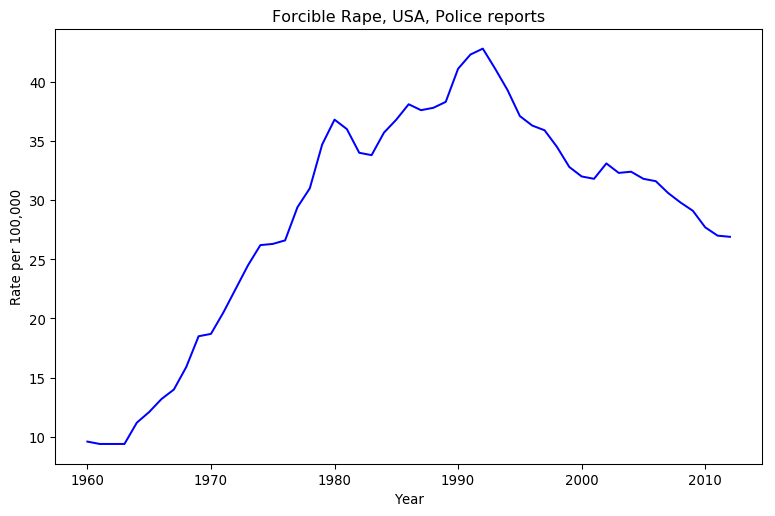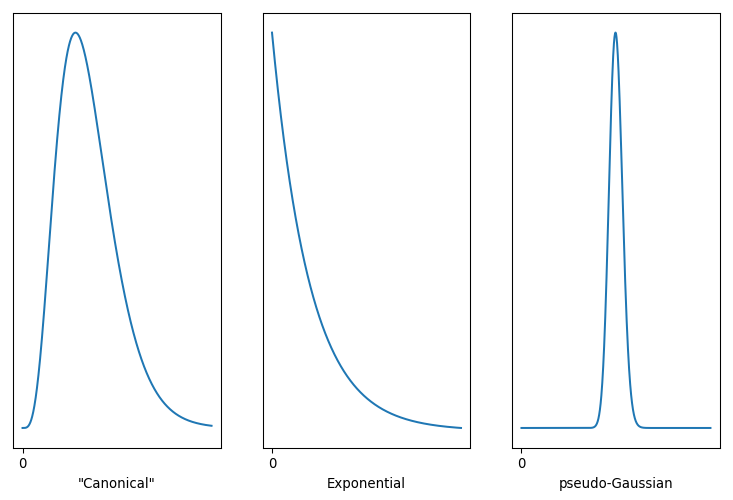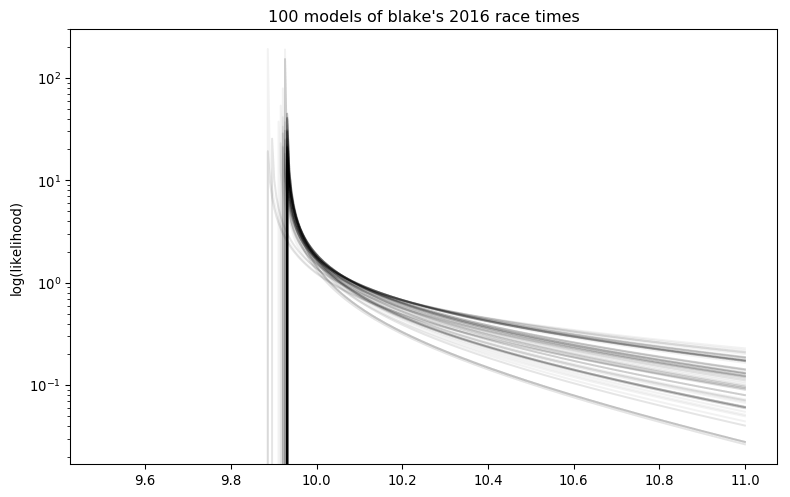Apparently I know the solar system very well?
I attended a lecture on Carl Sagan, hosted by the Atheist Society of Calgary, and part of the event was a trivia challenge. While I wasn’t the only person at my table offering answers, my answers seemed to be the ones most consistently endorsed by the group. Assisted by some technical issues, our team wound up with a massive lead over the second-place finisher. The organizer from ASC surprised us all by saying everyone at our table could pick up a free T-shirt. I wasn’t terribly keen on wearing their logo, but I wandered over to the merch table anyway.
Sitting among the other designs was one that stopped me cold.









